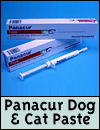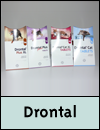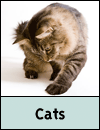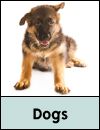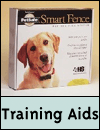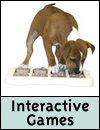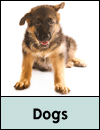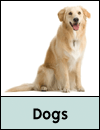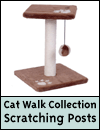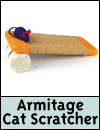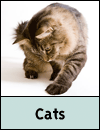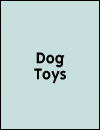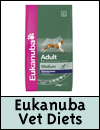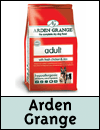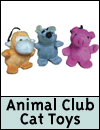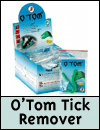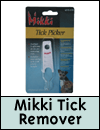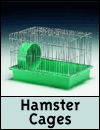
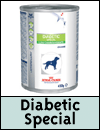
Diabetes is a chronic condition caused by a deficiency of insulin in the body. Insulin is a hormone and without it the body struggles to metabolize sugar. Both humans and dogs can suffer from diabetes and it is not un-common in either.
There are 2 types of diabetes that dogs suffer from. The first type is caused when the body doesn’t produce enough insulin and needs injections to keep levels high. Usually this type of diabetes is caused by the destruction of the cells in the pancreas. The second type of diabetes is caused when the body does produce enough insulin but something else in the body prevents it from being made use of. This is rare however whereas the first type is not.
Diabetes is most likely to occur in female dogs between ages 7 and 9 although juvenile diabetes can occur in dogs under one year old. If your dog has diabetes, a specially designed diabetic dog food can be a great help in controlling it and keeping problems at bay. After a meal is eaten and digested, glucose is released into the bloodstream. The type of food that has been eaten has a big impact on how this release is made. If a meal is eaten that has a high sugar content, the release of glucose into the bloodstream is quick and sudden, whereas a meal made up of complex carbohydrates (including starch and fibre) ensures the glucose is released in a more controlled way.
This is far better for a dog suffering from diabetes. There are a good number of diabetic dog food diets available. Each dog pet food designed for diabetes will be low in fat, high in fibre and contain lots of complex carbohydrates. If you want to find out more about dog pet food designed for diabetes or would like to try a diabetic dog food, talk to your vet or buy online at an online pet store.
